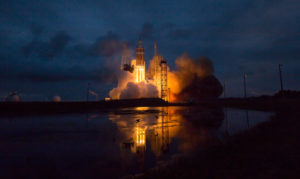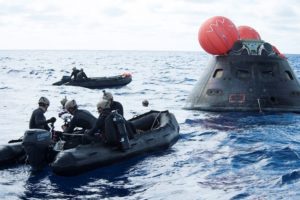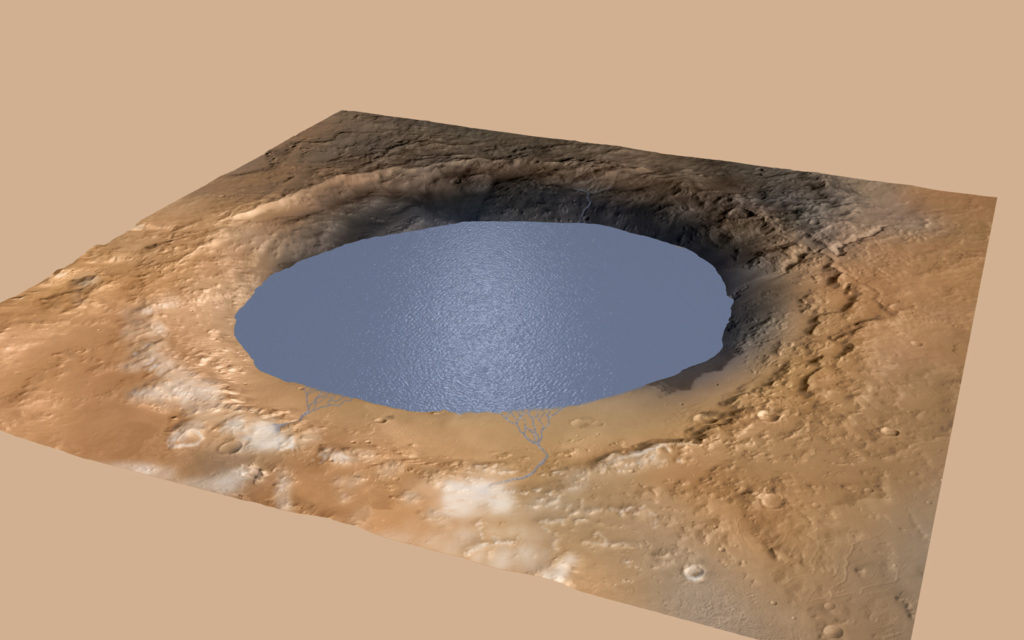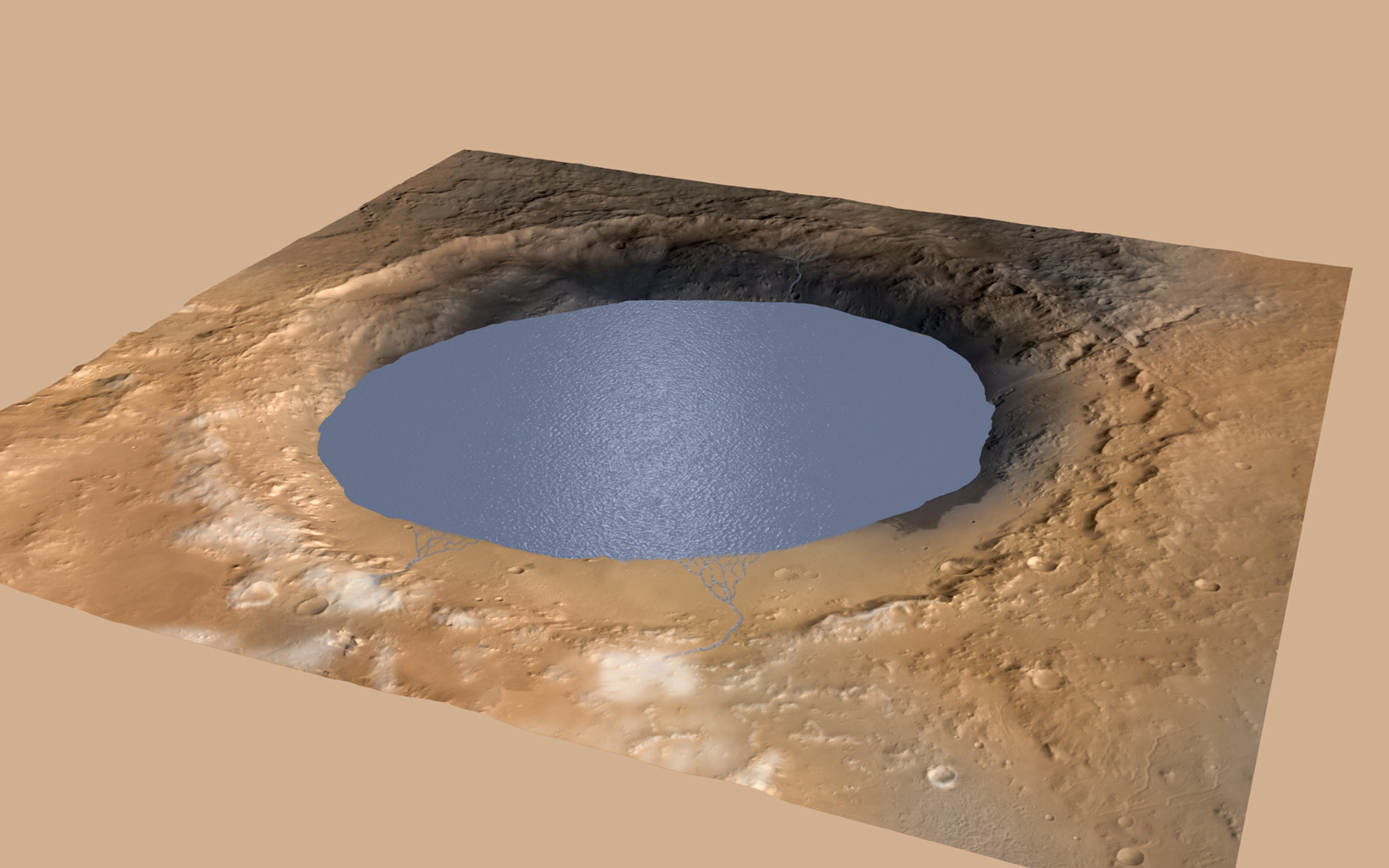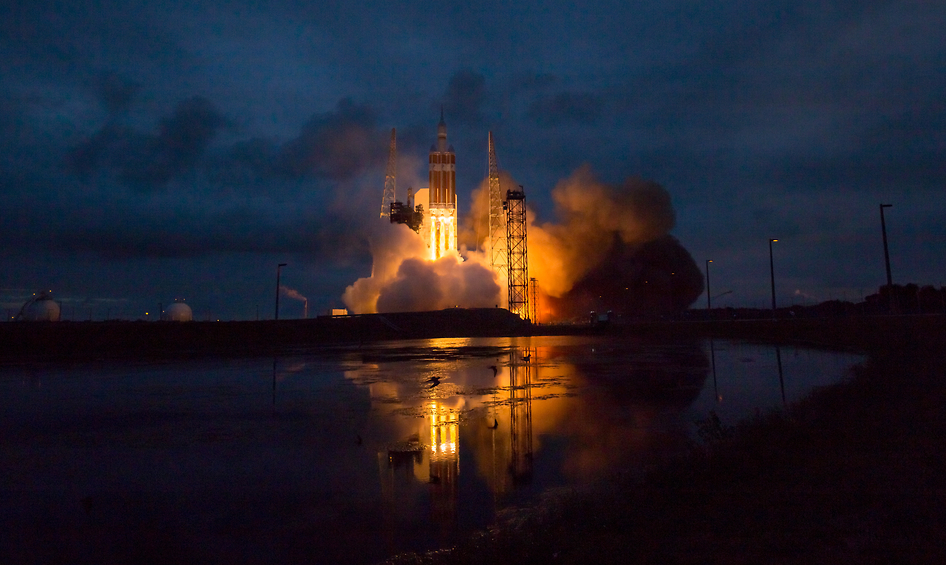
Welcome Back Orion!
After a successful launch on Dec 5, 2014, the Orion space capsule spent four and a half hours around the planet before a triumphant splash down into the Pacific Ocean. The original launch was schedule for Dec 4, and got cancelled due to unexpected wind gusts.
USS Anchorage of United States Navy retrieved Orion from the ocean and bringing it back to SanDiego, California. Navy’s amphibious specialists towed the capsule to anchorage in four small boats, some 600 kilometers off the west coast. Orion will be eventually taken to the Kennedy Space Center in Florida where it will be made ready for the next trial run in 2017. The capsule could eventually take humans into outer space, asteroids and the moon had its very successful trial run.
“Every single system functioned by the book” said NASA spokesperson Rob Navias said on NASA TV’s live coverage.
That’s good news!

